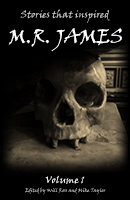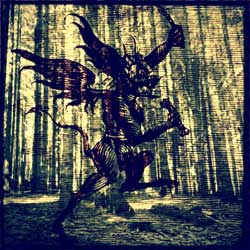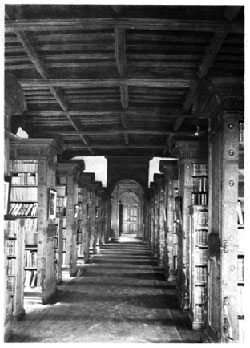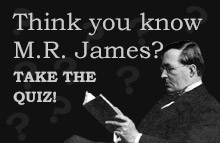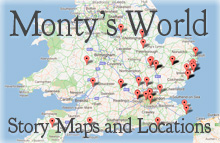Episode 14 – Martin’s Close
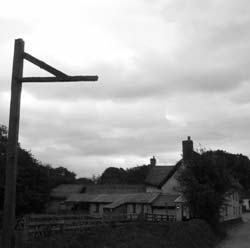 In this episode Mike and Will investigate strange goings on in 17th Century Devon in Martin’s Close by M.R. James.
In this episode Mike and Will investigate strange goings on in 17th Century Devon in Martin’s Close by M.R. James.
Unrequited love, scoundrel squires, courtroom highjinx, bloody judges, amorous yokels and barbarous murder are all on the cards. It’s like The Archers, but even more horrible. Strap in!
Don’t forget to check out our Visit to Martin’s Close Video on YouTube.
Show notes:
Notes on Martin’s Close by Rosemary Pardoe (Ghosts and Scholars) Ghosts and Scholars remains the number #1 source for Jamesian scholarship, and these notes on Martin’s Close are essential reading.
Sampford Courtenay, Devon (Wikipedia)
In the intro to ‘Complete Ghost Stories’ (1931) James admitted that the village he had in mind for Martin’s Close was Sampford Courtenay in Devon. Sampford Courtenay is perhaps more famous for the Prayer Book Rebellion of 1549.
The New Inn at Sampford Courtenay (www.the-newinn.com)
The pub featured in Martin’s Close is a real place, a grade II listed old coaching inn originally build in the 16th Century. Also see Google Street View.
Judge George Jeffreys (Wikipedia)
The anti-hero of Martin’s Close is the famous ‘bloody judge’ George Jeffreys. Jeffreys was given the dubious honour of a 1970’s horror treatment in The Bloody Judge (1970) in which he is protrayed as a sadistic villain. But was he really a bloody-handed executioner or much-maligned champion of justice? You can find out more at cyberussr.com.
Madam, Will You Walk? (www.flutetunes.com)
The love song which is given such a sinister twist in Martin’s Close is a real one. The tune and lyrics can be found here, or also on www.contemplator.com. Also see YouTube for a rather nice Tin Whistle version under a different name.
A Source for Martin’s Close? by Murial Smith (Ghosts and Scholars)
As mentioned in the podcast, Murial Smith suggests that James may have taken inspiration for Martin’s Close from Annals of the Parish(1821) by John Galt which James is known to have read. Do have a look at the chapter for 1797 which has the story of Henry Malcombe and “poor haverel lassie Meg Gaffaw”, which might have inspired Monty to write ‘Martin’s Close’.
Was Ann Clark Pregnant? by Tina Rath (Ghosts and Scholars)
A controversial idea is set forward in this very interesting essay. James famously disapproved of sex in ghost stories, but the possibility that Ann Clark could be pregnant would certainly tie up a lot of loose ends in the story.
Thomas Gurney, Joseph Glanvill and John Dolben (Wikipedia)
Various minor names mentioned in Martin’s Close are those of real people. Thomas Gurney was an 18th Century courtroom shorthand writer. Joseph Glanvill was a 17th Century writer and philosopher who wrote a famous text on witchcraft. John Dolben was a 17th Century politician and barrister.
On the Care of the Dead by Augustine (Google Books)
Was Ann Clark an unholy vision, or divine vengeance? Monty namechecks Augustin’s letter On the Care of the Dead, which leaves both options open.
Red Barn Murders (Wikipedia)
We give the notorious 1827 ‘Red Barn Murders’ a mention during the podcast as an example where supernatural evidence has been presented in court.
The Spencer Cowper/ Sarah Stout (Newgate Calendar)
Another trial for murder from 1699 which bares some resemblance to the events of Martin’s Close. The son of the 2nd Baronet of Hertford was accused of murdering a young Quaker girl who had become infatuated with him.
Bonus video!
Camera in hand, Mike, Will and Kirsty head down to Devon to visit the real-world location of Martin’s Close…
Podcast: Play in new window | Download
Subscribe: RSS

